What is the tolerance range of precision screws?
What is the tolerance range of precision screws?
Service Hotline
+86760-8787 8587We have more than ten years of experience in screw industry production, the main products are: thin nut, adjusting handle, hexagonal nylon lock nut, set and stop positioning bolt, GB55 thick hexagonal nut, plastic insulation bolt, cross flat head screw, flat head knurled Female hand nut, GB8 square head bolt, plum blossom nut, aluminum pull rivet, 8.8 grade, square nut, practical connector square female nut, flat head pan head screw and other fasteners, due to different product materials and specifications, the price It is also different, please contact us if necessary.


Comparing the physical properties of stainless steel and carbon steel, the density of carbon steel is slightly higher than that of ferritic and martensitic stainless steel, but slightly lower than that of austenitic stainless steel; the resistivity is based on carbon steel, ferritic, martensitic and The order of austenitic stainless steel is increasing; the order of linear expansion coefficient is similar, austenitic stainless steel is the highest and carbon steel is the smallest; carbon steel, ferritic and martensitic stainless steel are magnetic, austenitic stainless steel is non-magnetic, But its cold work hardening will generate magnetism when it is transformed into intensite, and heat treatment method can be used to eliminate this martensitic structure and restore its non-magnetic properties. Compared with carbon steel, austenitic stainless steel has the following characteristics: 1) High electronegative rate, which is about 5 times that of carbon steel. 2) The large coefficient of linear expansion is 40% larger than that of carbon steel, and with the increase of temperature, the value of the coefficient of linear expansion of stainless steel screws increases accordingly. 3) Low thermal conductivity, about 1/3 of carbon steel.
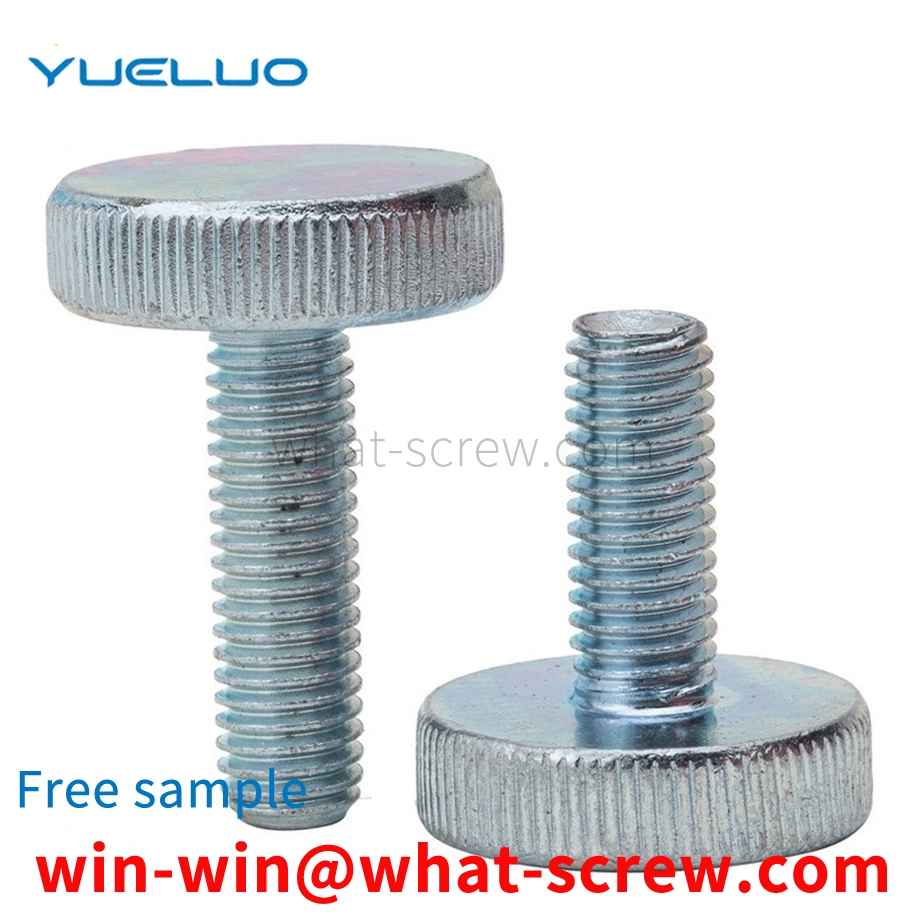
Yueluo relates to a self-tapping screw according to the preamble of claim 1. A self-tapping screw is known from EP0623759B1, the ratio of the outer diameter to the smaller diameter of the self-tapping screw is about 1.25-1.5, the ratio of the outer diameter to the pitch lead is about 1.5-1.6 and the thread The flank angles of , are < 50° and ≥ 35°. EP0433484B1 proposes a self-tapping screw whose thread is provided with cutting teeth of approximately arcuate design, and the cutting edge and the thread crest are at the same horizontal position and are set in opposite directions. One purpose of Yueluo is to realize a general type of self-tapping screw so that it can be screwed particularly easily into holes drilled in concrete or other materials such as bricks and the like. According to Yueluo, this object is achieved by the features in the characterizing part of claim 1, and surprisingly, it has been found that the parallel arrangement of the flanks, ie with a flank angle of about 0°, will make screwing particularly easy when screwing in , especially if the diameter of the hole varies within an allowable tolerance. One reason may be due to the fact that there is no lateral pressure on the material screwed into the thread, even if threads of different depths are cut in concrete or other materials such as brick, chipped plywood, or hardwood. The thread cuts into the material over its entire width by cutting grooves. In particular according to the embodiment of claim 4 the material cut out when screwing in the screw can be discharged without any accumulation, the dependent claims reflecting many advantages of further embodiments.
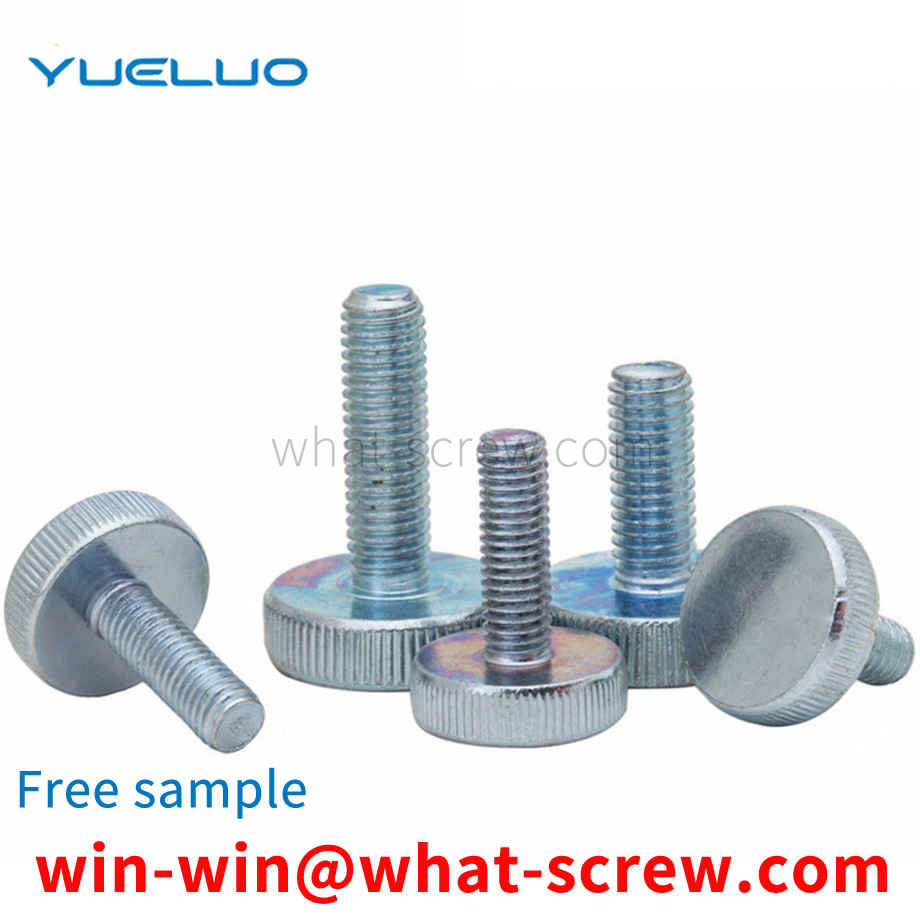
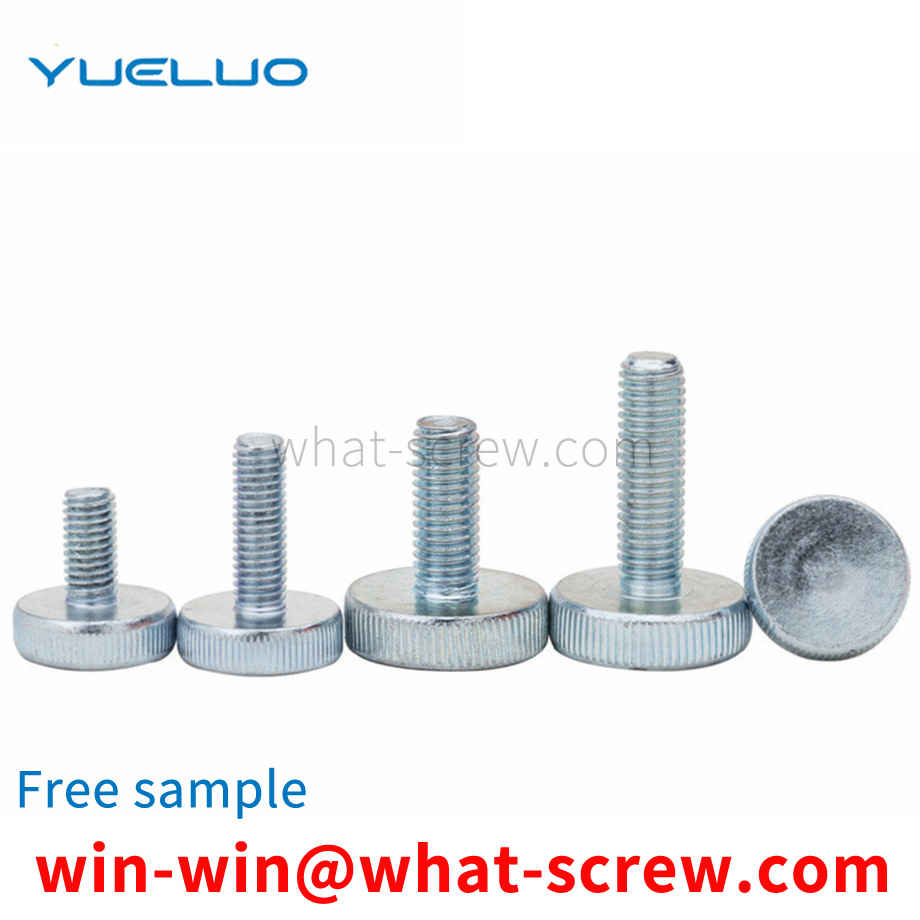
Stainless steel screws usually refer to steel screws that are resistant to corrosion by air, water, acids, alkali salts or other media. Stainless steel screws are generally not easy to rust and durable, and can be used in environmental protection equipment, medical equipment, communication equipment and other fields.
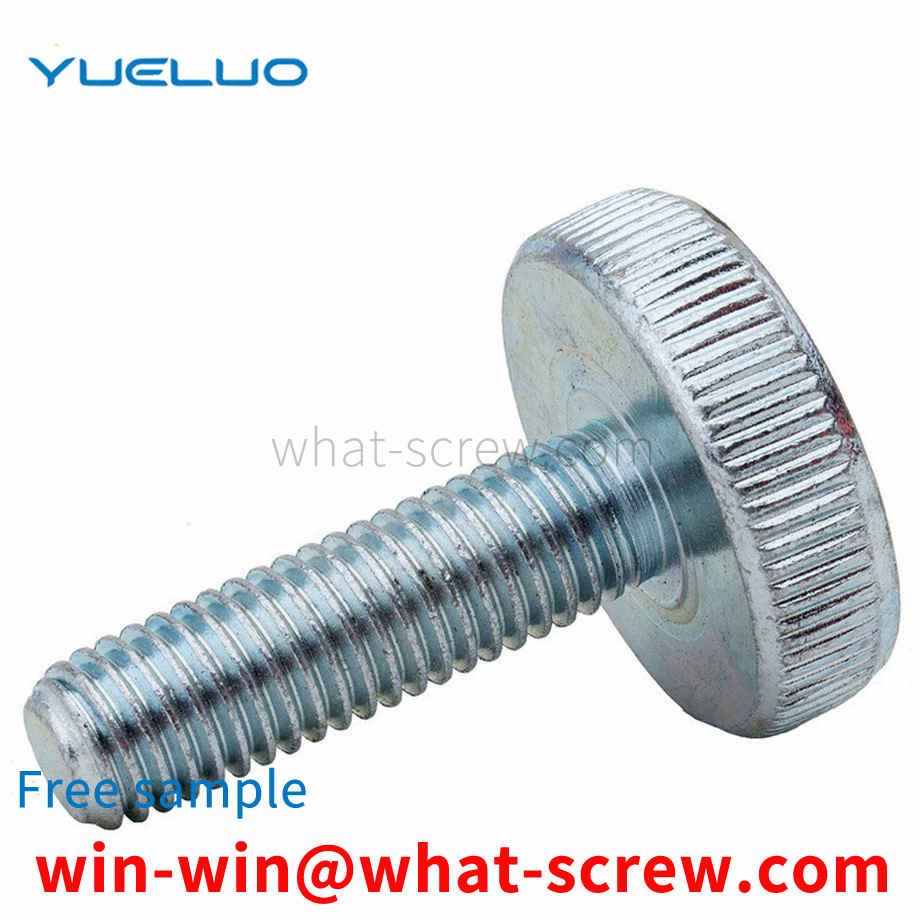
The gasket is a part that is placed between the connector and the nut, and is generally a flat metal ring. Gaskets are used for mechanical seals between two objects, usually to prevent pressure, corrosion, and natural thermal expansion and contraction of pipes between two objects and leakage. Since machining the surface is not possible, irregularities can be filled with spacers. Gaskets are typically made from sheet materials such as backing paper, rubber, silicone rubber, metal, cork, felt, neoprene, rubber, fiberglass, or plastic polymers such as Teflon, application-specific gaskets May contain asbestos. Other uses are as spacers, springs (Belleville spacers, wave spacers), wear pads, pre-display devices, lock devices. Rubber gaskets are also used in faucets (valves) to cut off the flow of liquid or gas, and rubber or silicon gaskets are also used to reduce fan vibration. The function of ordinary gaskets is not good, the gaskets are easy to slip during the nut pressing process, the tightening effect is poor, the wear resistance of the gaskets is not good, and it has no anti-interference effect when used in electronic components.
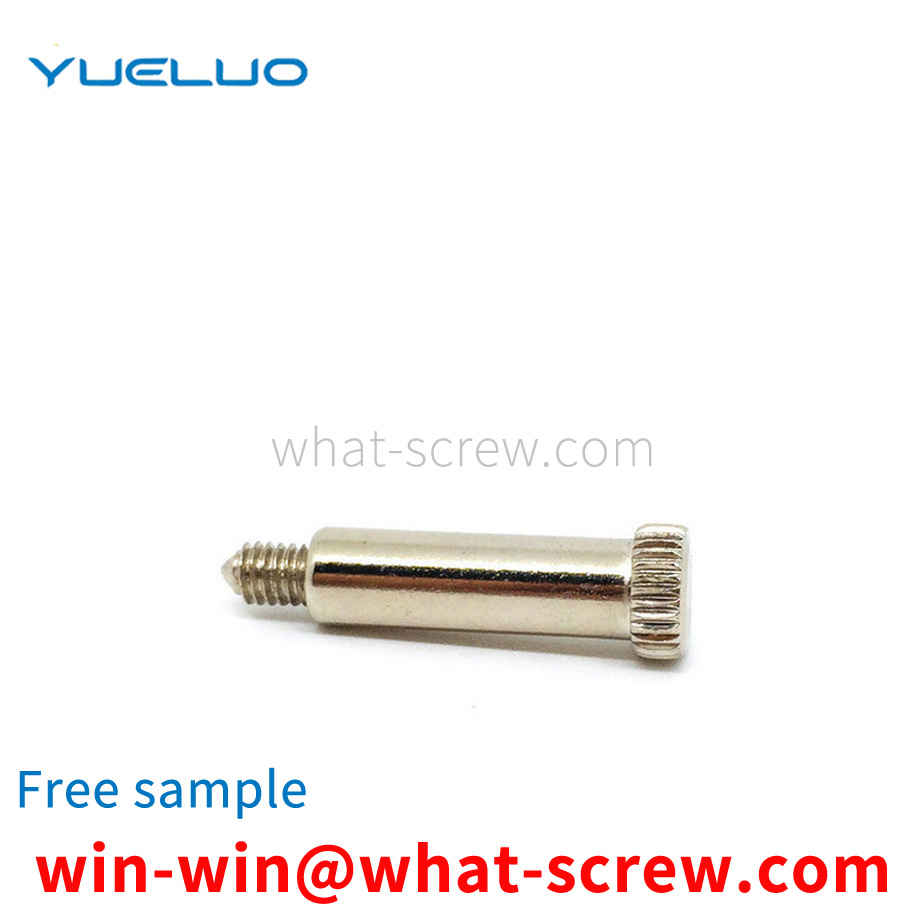
The above content is uploaded by Yueluo or the Internet. If there is any copyright issue, please contact [email protected].

What is the tolerance range of precision screws?

How to choose the right stainless steel screw manufacturer?

Why is there an R angle under the head of the hexagon head s...

We have more than ten years of production experience in the ...

We have more than ten years of experience in the production ...

We have more than ten years of experience in the production ...

We have more than ten years of experience in screw industry ...